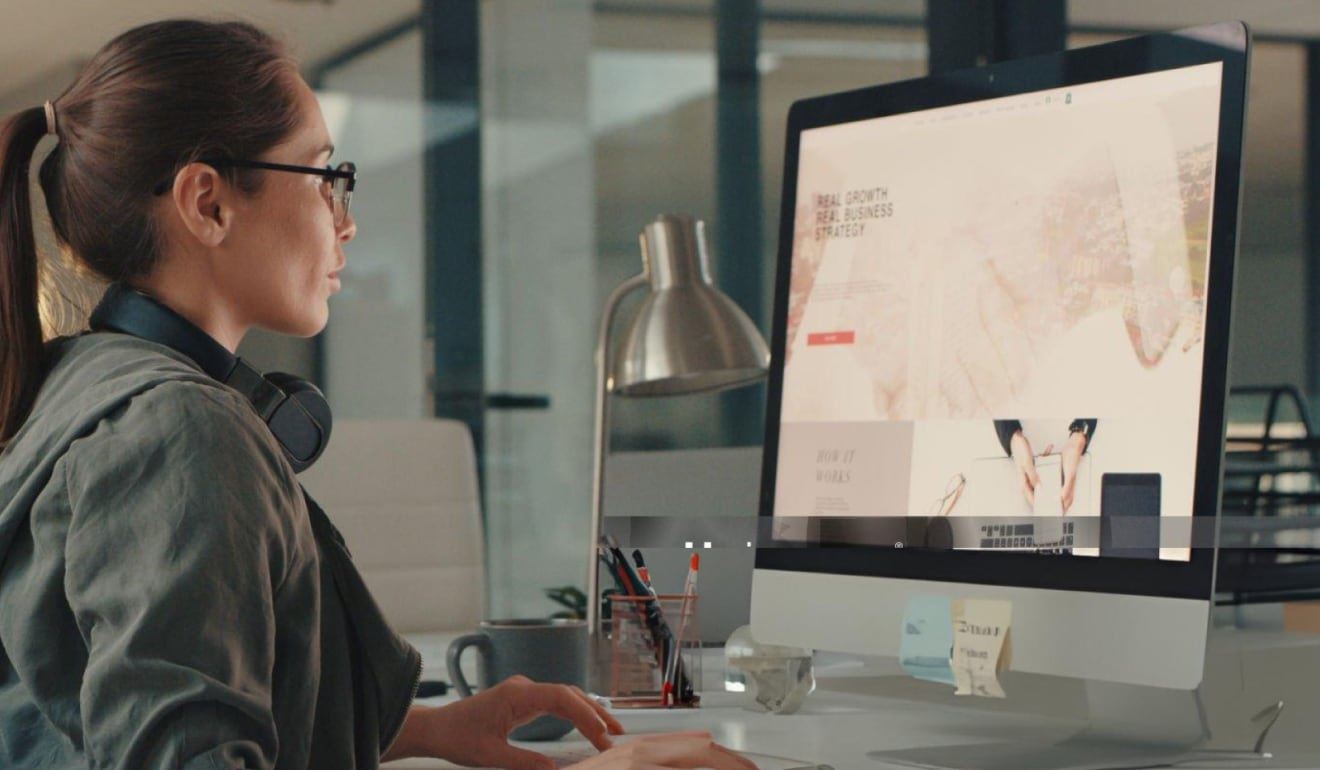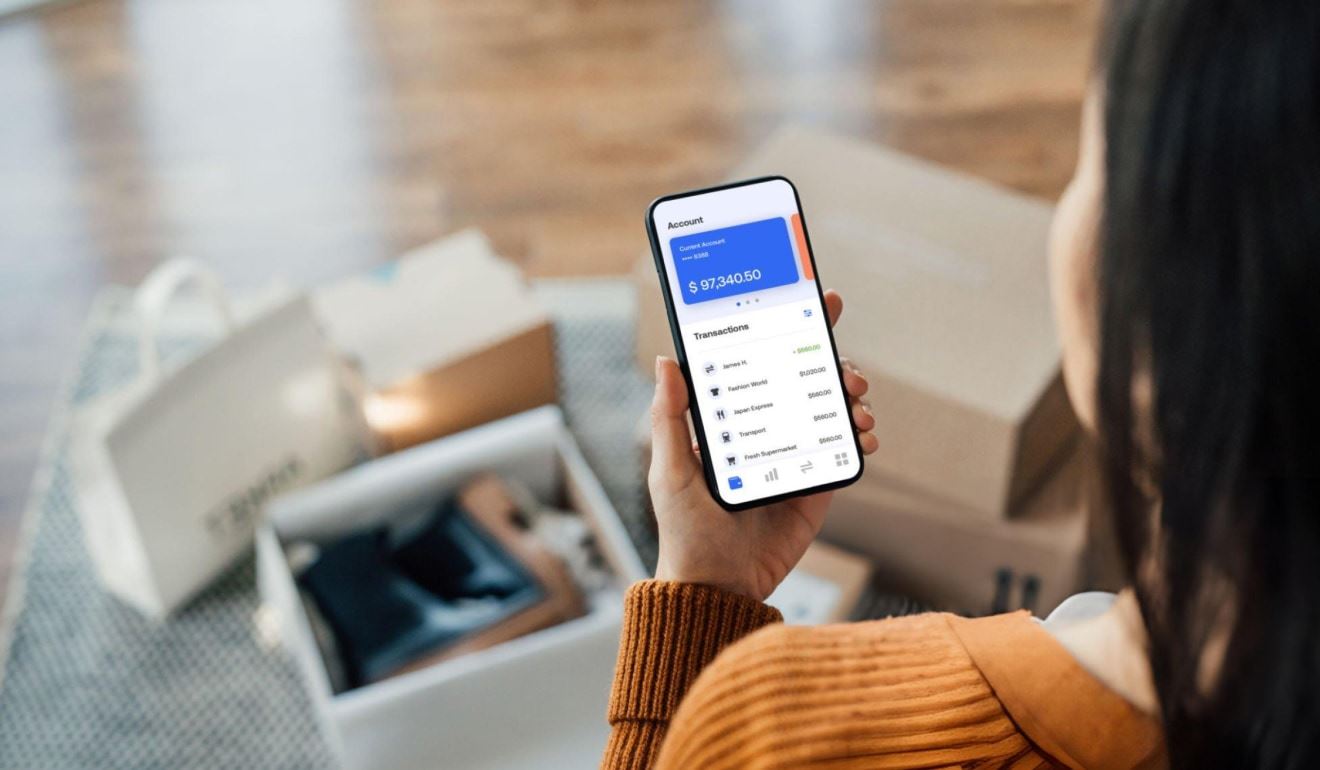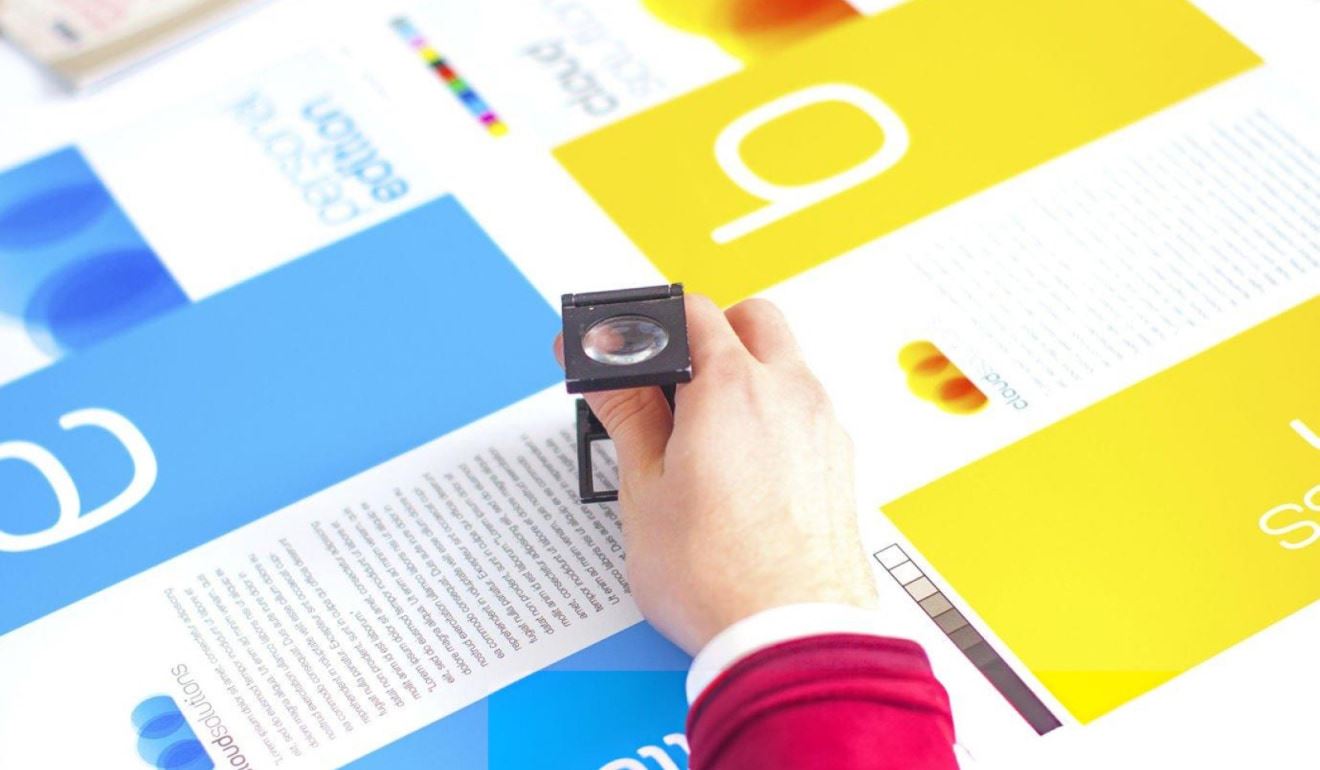Designers and developers often use icons in their projects to add visual elements and communicate ideas more effectively.
The Role of Iconography in Flat Design

In recent years, flat design has become an increasingly popular approach in digital design, known for its minimalist and simplistic aesthetic. But one element of flat design that often goes overlooked is the importance of iconography. Icons are a fundamental and powerful tool for creating intuitive, user-friendly interfaces. In this article, we'll delve into the role of iconography in flat design and explore key principles, best practices, and accessibility considerations.
Understanding flat design
Before we dive into iconography, let's first define flat design. This style is characterized by a clean, minimalist approach that utilizes simple shapes, solid colors, and flat graphics, eschewing overly realistic or three-dimensional visuals. Flat design is effective in creating interfaces that are intuitive, modern, and easily navigable, making it a go-to for many designers.
Flat design is not simply a trend, but a design philosophy that has roots in the early days of print media and the Bauhaus movement. The Bauhaus movement, which emerged in Germany in the early 20th century, emphasized clean lines and simple shapes. This aesthetic was carried over into the digital realm and has evolved into the flat design we know today.
Key principles of flat design
At the heart of flat design is the principle of minimalism. This approach emphasizes the use of negative space, simple typography, and a limited color palette to create clear and uncluttered layouts. The use of negative space, or white space, can help draw attention to important elements on the page and create a sense of balance and harmony.
Typography is also an important aspect of flat design. Simple, sans-serif fonts are often used to create a clean and modern look. The use of bold typography can help create hierarchy and guide the user through the interface.
Additionally, flat design relies on iconography to provide visual cues and guide the user through the interface. Icons are often used in place of text labels, making the interface more visually appealing and easier to navigate.
Evolution of flat design
Flat design has come a long way since its inception in the early days of digital design. In the early 2000s, developers and designers began to experiment with simplified graphics and streamlined layouts to create user-centric interfaces that could be scaled and optimized for various devices.
Apple's iOS 7, released in 2013, marked a major turning point in the evolution of flat design. The update featured a complete overhaul of the operating system's visual design, adopting a flat aesthetic with bright colors and simple shapes. This update set the standard for flat design in the mobile space and influenced many other platforms to adopt a similar design philosophy.
Benefits and drawbacks of flat design
There are several key benefits to flat design, including faster loading times, increased scalability, and improved usability. Since flat design relies on minimal graphics and simplified layouts, it is easier to optimize for different screen sizes and resolutions. This can help improve the user experience and make the interface more accessible to a wider audience.
However, flat design can sometimes be criticized for being too simplistic or lacking personality. Designers need to balance minimalism with creativity and visual interest to create interfaces that stand out. The use of bold colors, unique typography, and subtle animations can help add personality and visual interest to an otherwise simple design.
In conclusion, flat design is a powerful design philosophy that emphasizes simplicity, minimalism, and user-centric design. By utilizing simple shapes, solid colors, and flat graphics, designers can create interfaces that are intuitive, modern, and easily navigable. However, designers must balance minimalism with creativity and visual interest to create interfaces that stand out and capture the user's attention.
The importance of iconography in design
Now that we've established the principles of flat design, let's consider the role of iconography in creating effective digital interfaces.
Icons are an essential element of digital design. They serve as visual cues that help users navigate through interfaces and perform actions with ease. Iconography has become a vital tool for designers to create interfaces that are not only functional but also aesthetically pleasing.
Functions of icons in user interfaces
Icons serve several functions in user interfaces. First and foremost, they provide a visual shorthand for commonly used functions or actions, allowing users to quickly and intuitively understand how to navigate through an interface. Additionally, icons can add personality and visual interest to an interface, helping to create a cohesive and well-designed user experience.
For example, the magnifying glass icon is universally recognized as a symbol for search. The envelope icon is a common symbol for email, and the trash can icon is used to represent the action of deleting a file or message.
Visual communication through icons
Icons are a vital tool for communicating complex ideas or processes through visuals. By using universally understood symbols and metaphors, designers can create interfaces that are accessible to a broad range of users, regardless of their language or literacy level. Additionally, icons can be used to create a hierarchy of information, guiding users through complex interfaces and directing their attention to important elements.
For instance, the hamburger icon is used to represent the menu in mobile applications. The shopping cart icon is used to represent the checkout process in e-commerce websites. The icons used in traffic signals are universally understood and help in making the roads safer for everyone.
Icon design best practices
Effective icon design relies on several key principles. First, icons should be simple and easily recognizable, with a clear metaphor or association to the function they represent. Additionally, icons should be scalable and legible at a variety of sizes, ensuring that they remain clear and visible on different devices. Finally, designers should consider the context in which their icons will be used, and ensure that they are appropriate for the platform or interface in question.
Designers often use a grid system to ensure consistency in the size, shape, and alignment of icons. They also use a limited color palette to ensure that the icons remain legible and easily recognizable.
Icons are an essential part of digital design, and their importance cannot be overstated. They help users navigate through interfaces, communicate complex ideas through visuals, and add personality and visual interest to interfaces. Effective icon design requires a deep understanding of the principles of design and the context in which the icons will be used.
Integrating iconography into flat design
Now that we've established the importance of icons in user interfaces, let's consider how to effectively integrate them into flat designs.
Icons are an essential component of user interfaces. They provide users with a visual cue that helps them quickly understand the function of a particular element. In flat design, icons play an even more critical role. With the absence of gradients, drop shadows, and other visual effects, icons must be simple yet effective in conveying their message.
Characteristics of flat icons
Flat icons have several defining characteristics. First and foremost, they are two-dimensional, utilizing basic shapes and solid colors to create simple yet effective visuals. Additionally, flat icons rely on simplicity, avoiding intricate or complex details in favor of a clean and streamlined look. Finally, flat icons should be consistent in style and design, creating a cohesive set that functions well together.
When creating flat icons, it's important to remember that less is more. Each icon should be easily recognizable at a glance and should not require any additional explanation. To achieve this, designers should focus on creating icons that are simple, yet effective. This means using basic shapes, solid colors, and minimal details.
Creating a cohesive icon set
A successful icon set is one that is visually consistent and cohesive, with each icon easily recognizable and aligned to the overall design aesthetic. When creating an icon set, designers should establish a set of guidelines and stick to them, ensuring that each icon matches in style, color, and overall design. Additionally, designers should consider how icons will be used throughout an interface and create variations or alternate versions as necessary.
Creating a cohesive icon set requires careful planning and attention to detail. Designers should consider the overall aesthetic of the interface and create icons that complement the design. This means using a consistent color palette, typography, and visual style. By doing so, designers can create a set of icons that feel like a natural extension of the overall design.
Balancing simplicity and recognizability
The key to effective iconography in flat design is to strike a balance between simplicity and recognizability. While minimalism is a key part of flat design, it's important to ensure that icons remain clear and easily understandable. When in doubt, it's better to err on the side of clarity rather than complexity.
When designing icons, designers should focus on creating a clear visual message. This means using simple shapes and colors to convey meaning. It's also important to consider the context in which the icons will be used. For example, icons used in a navigation menu should be easily recognizable and clearly communicate the function of each element.
In conclusion, integrating iconography into flat design requires careful planning and attention to detail. By focusing on simplicity, consistency, and recognizability, designers can create a set of icons that complement the overall design and enhance the user experience.
Iconography and accessibility in flat design
The final consideration in effective icon design is accessibility. Ensuring that icons are usable for all users, regardless of disabilities or limitations, is a key part of creating an inclusive and user-friendly interface.
Ensuring icons are accessible
Accessibility concerns in icon design include issues such as color contrast, font size, and icon legibility. Designers should ensure that icons are visible and easily recognizable, with good contrast between the icon and its background. Additionally, font size should be adequate for users with visual impairments, and icons should be usable with assistive technologies such as screen readers or voice assistants.
The role of color and contrast
Color and contrast are vital considerations in icon design. Designers should ensure that icons are distinguishable from their surroundings, with good contrast and clear differentiation between elements. Additionally, designers should consider the impact of color blindness and utilize alternative design techniques such as patterns or textures to communicate information.
Accommodating diverse users and devices
Finally, designers should consider the diverse range of users and devices that will be accessing their interfaces. This means designing icons that are scalable and legible across different screen sizes and resolutions, and ensuring that icons are usable with a range of assistive technologies and input methods.
Effective iconography is an essential part of creating user-friendly interfaces that are intuitive, accessible, and visually engaging. By considering the principles of flat design and best practices for icon design, designers can create cohesive and impactful interfaces that meet the needs of a broad range of users.
FAQ
Flat design is a minimalist approach in digital design that uses simple shapes, solid colors, and flat graphics, avoiding overly realistic or three-dimensional visuals. It aims to create interfaces that are intuitive, modern, and easily navigable.
Flat design is popular because it emphasizes simplicity and minimalism, which can improve usability, scalability, and loading times. It also creates a clean and modern aesthetic that appeals to many users and designers.
The key principles of flat design include minimalism, the use of negative space, simple typography (often sans-serif fonts), and a limited color palette. These elements help create clear and uncluttered layouts.
Flat design has evolved from early print media and the Bauhaus movement to modern digital design. A significant milestone was Apple's iOS 7 in 2013, which popularized flat design in mobile interfaces, influencing many other platforms.
Benefits of flat design include faster loading times, increased scalability, and improved usability. Its minimal graphics and simplified layouts are easier to optimize for various screen sizes and resolutions, enhancing user experience.
Drawbacks of flat design can include being perceived as too simplistic or lacking personality. Designers need to balance minimalism with creativity, using bold colors, unique typography, and subtle animations to add visual interest.
Iconography in flat design provides visual cues that help users navigate interfaces intuitively. Icons replace text labels, making interfaces more visually appealing and easier to use.
Best practices for icon design include simplicity, recognizability, scalability, and consistency. Icons should be simple, easily recognizable, scalable to different sizes, and consistent in style and color with the overall design.
Icons improve accessibility by ensuring good color contrast, adequate size, and legibility. They should be usable with assistive technologies like screen readers and voice assistants, and accommodate diverse users and devices.
Designers can create a cohesive icon set by establishing guidelines for style, color, and design, ensuring all icons match visually. Consistent use of a grid system, color palette, and typography helps create a unified set that complements the overall interface design.









